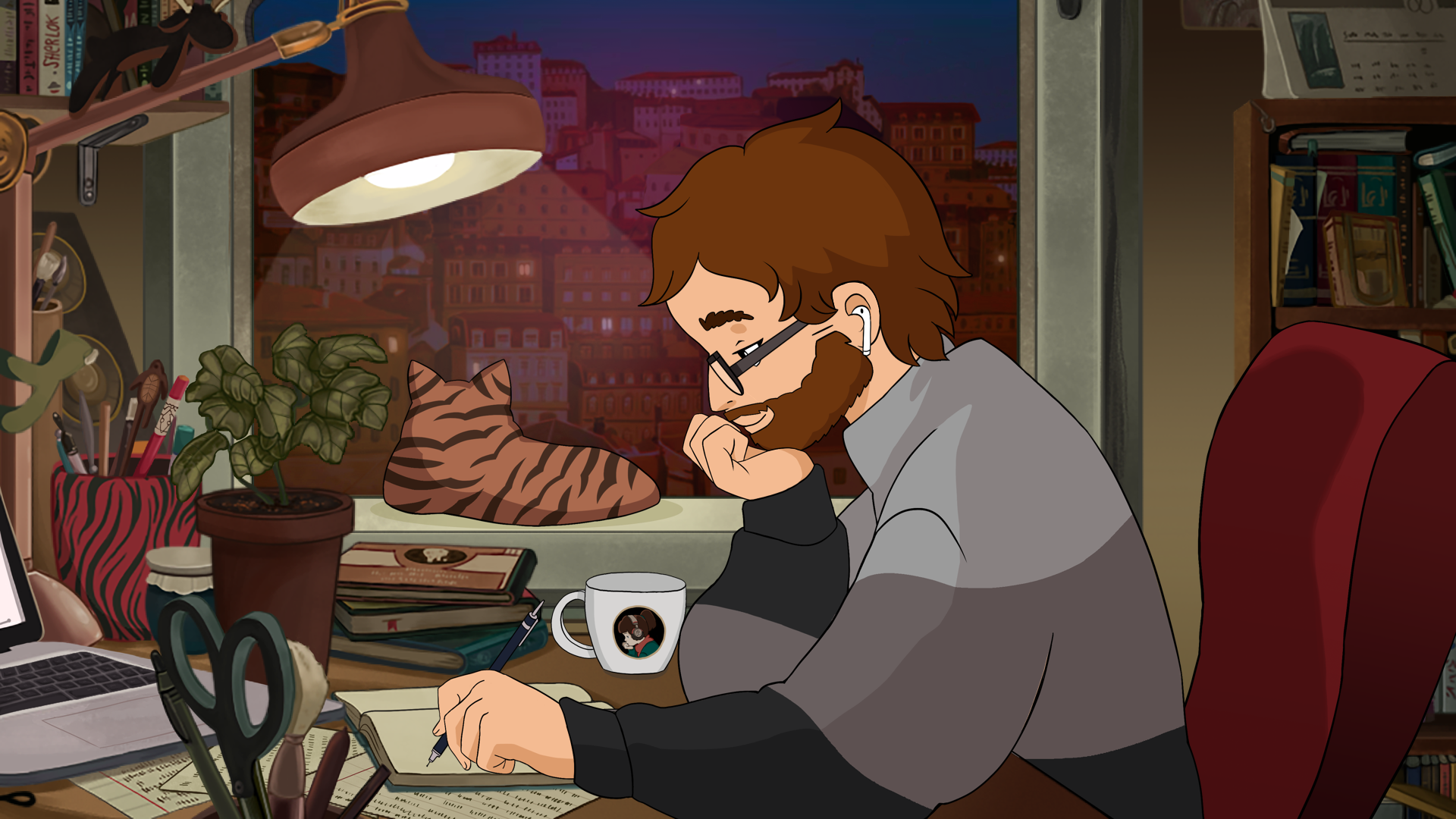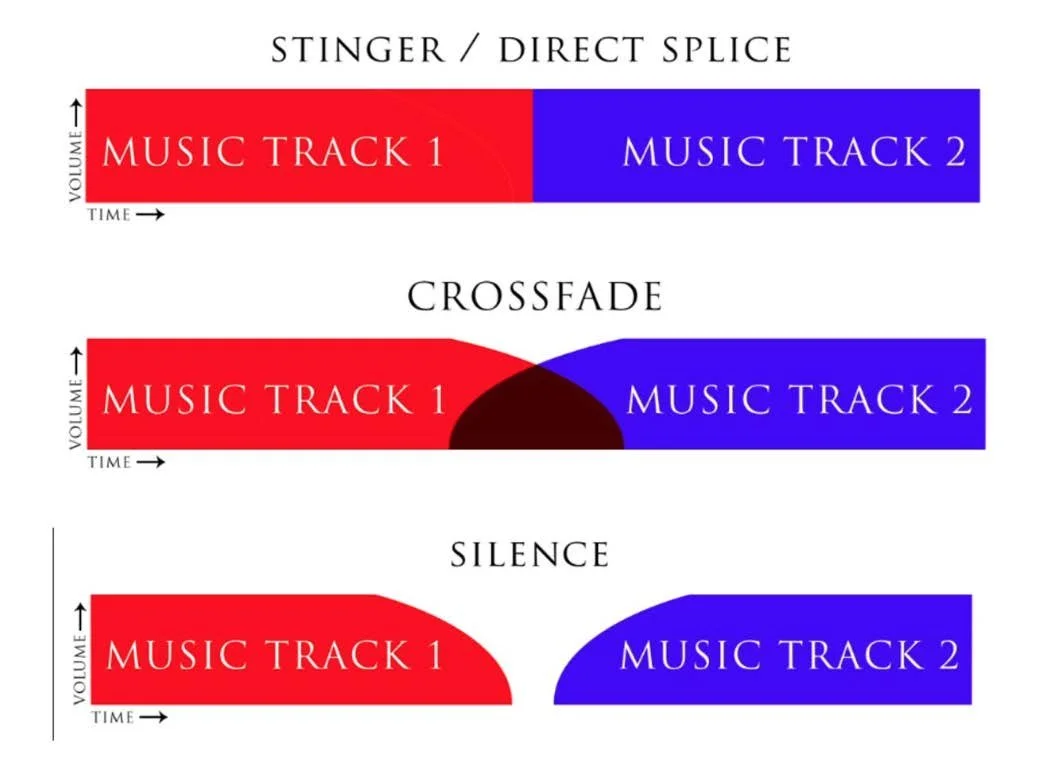
Research
During my time between two graduate schools at the University of Wisconsin - Madison and the Georgia Institute of Technology I’ve completed 3 research theses. My research focuses on the intersection of contemporary genres like hip hop and video game music, music psychology, and technological virtuosity. I’m particularly interested in looping practice and how repetitive musical structures can impact a listening and concentration experience. I have conducted extensive music theory and history analysis, built controlled video games for cognitive musicology experiments, and curated music for study participants.
Going with the Flow: Can Sound Design Keep Players Immersed in Video Games?
Ethan Lindblom - John McNamara - Cognitive and Computational Musicology Lab - 2022 Presented at the Society for Music Perception and Cognition 2022 Conference
In video games, music plays a crucial role in helping players become immersed in a virtual world, establishing the setting, tone, and atmosphere of the game. Additionally, music is often just as critical for getting players immersed in the game’s objectives. This kind of immersion is known as “flow” and is characterized by total concentration, a feeling of intrinsic motivation, automatic reactions, and a distorted sense of time (Csikszentmihalyi 1990, 1997). A common assumption is that music design relates to a player’s flow experience, yet no prior research empirically connecting the two exists. In this study we investigate how specific sound design and composition techniques—specifically musical loop lengths and transitions—contribute to this experience within the context of open-world, action-adventure games. We hypothesize that players will achieve the greatest state of flow with loop-lengths lasting 60+ seconds, and that a game whose audio design that incorporates short silences between musical tracks will be more conducive to flow than a game where music crossfades directly between tracks. We have built a small, open-world-style realistic game in Unity. The game includes four distinct areas with background music transitioning between different tracks as the player moves between areas. We have designed a between-subjects design study in which participants play the game with either a 9-second or 90-second-long musical loop and with either smooth audio crossfades or silence inserted between transitions. Then, we evaluate which musical conditions resulted in players achieving a greater sense of flow based on participants’ estimates of their time spent playing the game along with their responses to the Short Flow-State-Scale (Jackson et al., 2008) and Game Experience Questionnaire (Ijsselsteijn et al., 2008).
An Analysis of Delay Techniques, Technological Virtuosity, and the Nature of Musical Loops
Ethan Lindblom - 2020
Delay and looping early caught on as ways of manipulating fixed tape sounds, valued for their ability to create elongated sonic spaces from small segments of recording. The recorded sounds could be manipulated in a variety of ways that musicians of different regions and styles would take advantage of. This budding technology would eventually have profound ramifications on performative music and individual virtuosity. Entire genres of music came to revolve around the principle of looping, exploring its repetitive and additive nature. Other genres intentionally misdirected the listener from the loops through pitch manipulation and rhythmic cutting, denying the fact that there is repetition at all. Today, looping techniques born of the tape music era so permeate our nonclassical music that it is hard to find examples of electronic and popular music that are not somehow utilizing the diversity of loop applications. In this paper I examine those techniques and theories and show how the resulting music is both predicated on and advances the developing technology.
An Analysis of Lofi Hip Hop and the Internet Playlist Phenomenon
Ethan Lindblom - 2019
The 2010’s brought on a new wave of “lofi” hip hop music born out of the influential work of artists like Nujabes and J Dilla. Playlists of this music began popping up around YouTube and popular streaming services such as Spotify as a kind of hub for the plethora of Lofi that was suddenly being composed and pushed onto the internet. One of the first formal organizations of this music was done by Dutch label Chillhop Music. Their channel radio has now accumulated over 2.2 million YouTube subscribers, 1.5 million Spotify subscribers, and 1 billion worldwide streams. Their YouTube playlists is titled “lofi hip hop radio – beats to relax/study to.” The animations of their playlists and distinctive musical characteristics found in this genre have become well known tropes in internet culture, and the low fidelity content of the music combined with the anti-establishment fervor resonating through younger generations can explain its sudden rise in popularity. In this paper I analyze these aesthetics, and propose ideas for how this music accomplishes its marketed goals.




